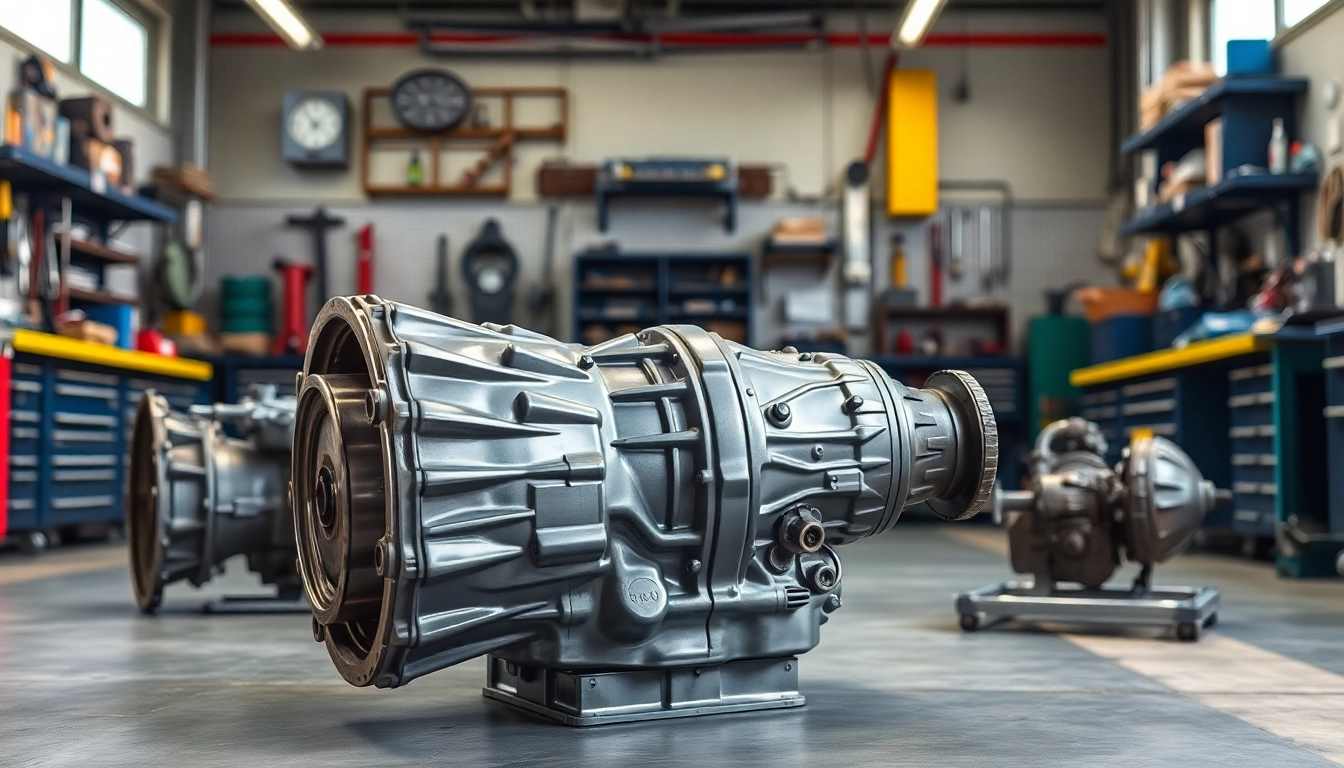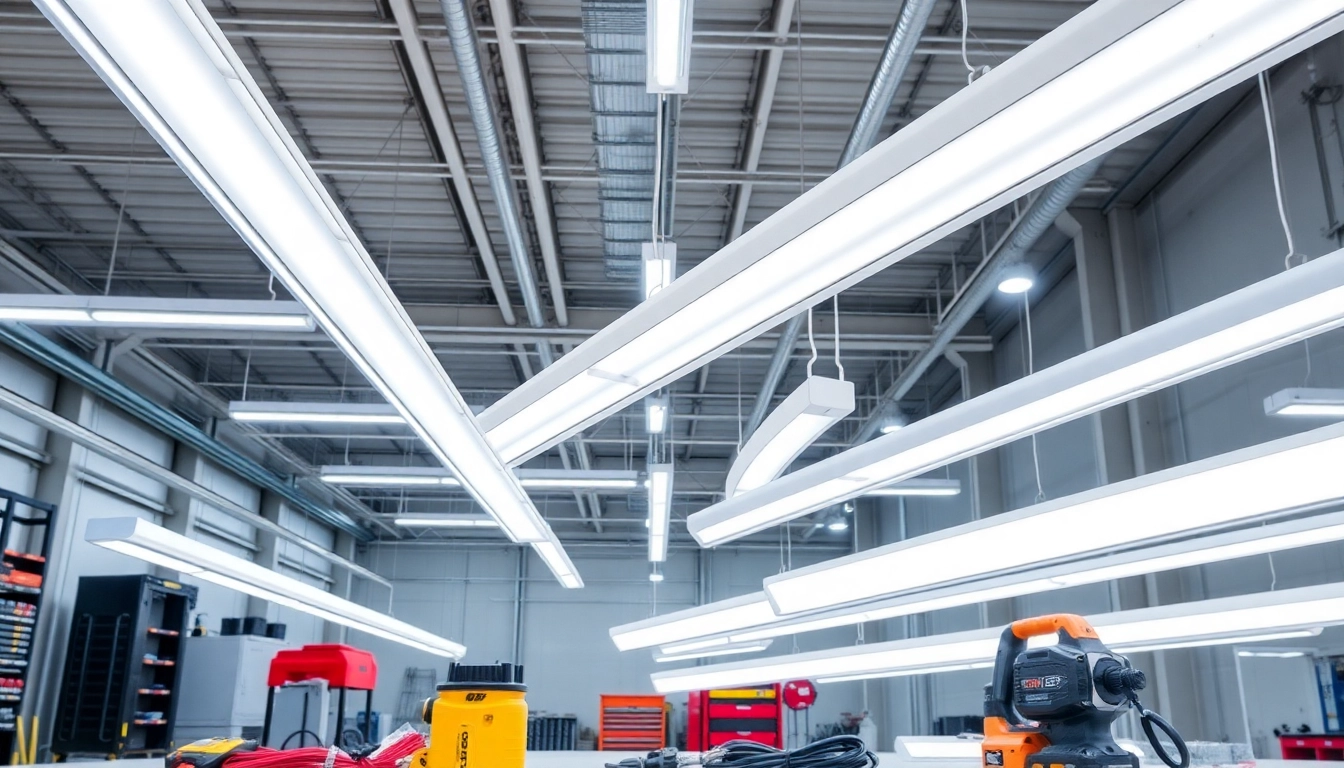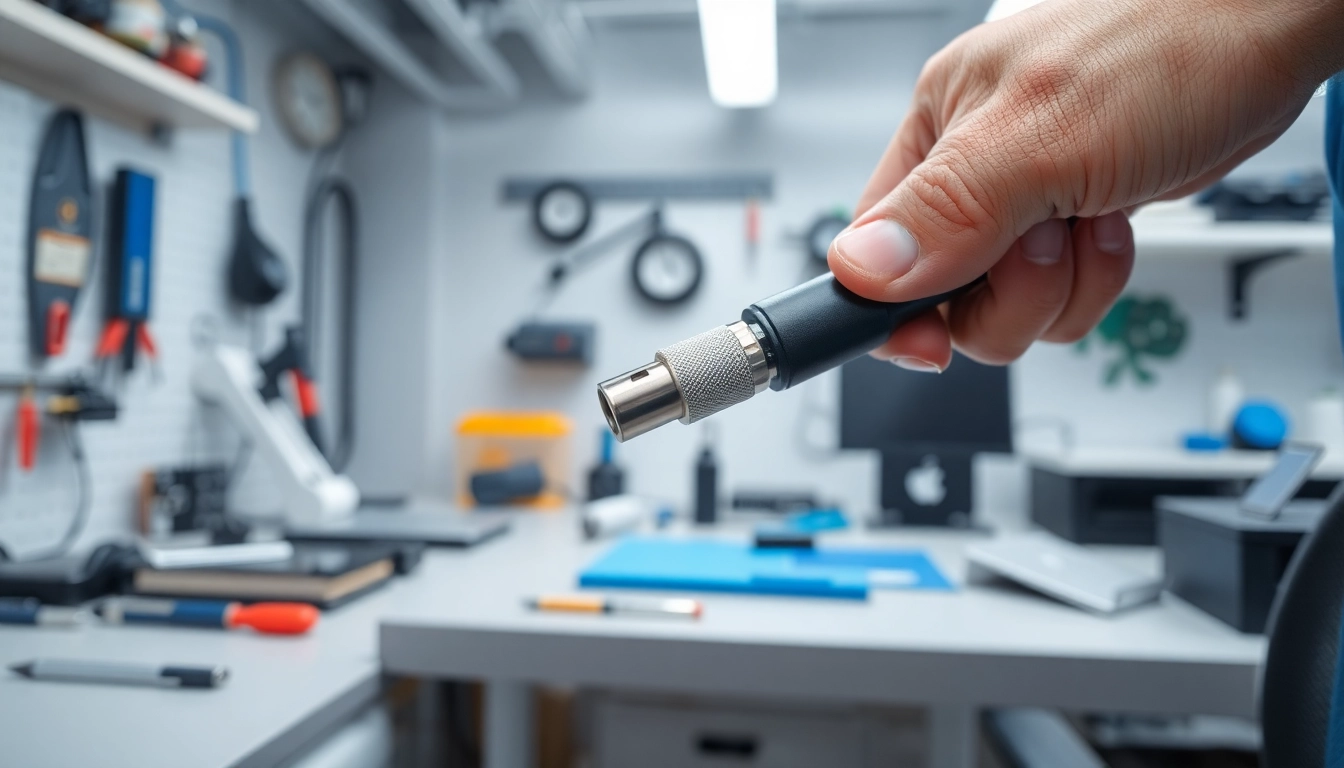Choosing the Right Infusion Resins for Maximum Composite Performance

Understanding Infusion Resins
In the realm of advanced composite manufacturing, the selection of infusion resins plays a critical role in determining the effectiveness, strength, and durability of the final products. Infusion resins are specialized materials that are utilized in processes like vacuum infusion, where resin is drawn into a fiber substrate to create a composite material. This article delves into the essential aspects of infusion resins, from their fundamental properties to best practices for use.
What are Infusion Resins?
Infusion resins are low-viscosity liquid resins that are designed for use in resin infusion processes. In these processes, the resin is introduced into a fiber reinforcement material under vacuum, leading to a highly efficient and effective polymer composite. These resins can be formulated using various polymers including epoxy, polyester, and bio-based materials, and they are tailored for different applications depending on their chemical composition and desired properties.
Key Properties of Infusion Resins
The effectiveness of infusion resins hinges on several key properties:
- Low Viscosity: Essential for ensuring that the resin can flow freely through the fiber network without leaving voids, ensuring an even distribution.
- Controlled Curing Time: The time taken for the resin to set is crucial, allowing for ample time to pump the resin into the mold before hardening begins.
- Mechanical Strength: The final composite must have enough strength to withstand operational loads without failure.
- Thermal Resistance: Many applications require materials that can endure high temperatures without degrading.
- Clarity and Surface Finish: For aesthetic applications, the resin should cure to a smooth, clear finish.
Common Applications of Infusion Resins
Infusion resins find applications across a variety of industries:
- Marine: Used in manufacturing hulls and decks of boats for their resistance to water and UV damage.
- Aerospace: Essential in creating lightweight but strong structural components in aircraft.
- Automotive: Widely used in composite body parts and structural components to enhance strength while reducing weight.
- Wind Energy: Used in the production of turbine blades that must withstand environmental stresses.
Types of Infusion Resins Available
Infusion resins are not one-size-fits-all; different types exist to cater to varied requirements.
Epoxy-Based Infusion Resins
Among the most widely used types, epoxy-based infusion resins offer exceptional mechanical qualities and excellent adhesion to fibers. These resins are known for their superior strength, resistance to chemicals, and durability in extreme conditions. They are particularly valuable in applications requiring high performance.
Polyester vs. Vinyl Ester Infusion Resins
Polyester resins are often favored for their cost-effectiveness and ease of handling. However, vinyl ester resins provide superior resistance to water and corrosion, making them valuable in marine applications. When selecting between these two, one must consider the specific application requirements, including strength, cost, and environmental factors.
Bio-Based Infusion Resins
With a growing emphasis on sustainability, bio-based infusion resins are gaining traction. These resins are derived from renewable resources and designed to provide performance similar to traditional resins while minimizing environmental impact. They are particularly suited for applications looking to align with eco-friendly standards.
Factors to Consider When Selecting Infusion Resins
Choosing the right infusion resin involves careful consideration of multiple factors to ensure optimal performance.
Viscosity and Flow Characteristics
The viscosity of an infusion resin is paramount for ensuring efficient flow through the fiber substrate. Lower viscosity resins will flow more easily, filling up the mold uniformly without creating dry spots or bubbles. It’s essential to match the viscosity with the size and complexity of the part being manufactured.
Thermal and Mechanical Properties
The desired thermal and mechanical properties will largely determine the type of infusion resin selected. High-performance applications, such as aerospace, may require resins that can withstand high temperatures and have exceptional tensile strength, while other applications may prioritize affordability and ease of use.
Environmental Considerations
With increasing regulatory pressures and market demand for sustainable practices, the environmental impact of the resin is becoming a crucial consideration. This includes recyclability, biodegradability, and the use of renewable resources in the resin formulation.
Best Practices for Using Infusion Resins
To fully leverage the benefits of infusion resins, manufacturers should adhere to best practices in each phase of the infusion process.
Preparation and Set-Up for Infusion
Preparing the workspace and materials is integral to successful infusion. This includes ensuring that the setup is clean, dry, and devoid of contaminants. The resin and hardener should be measured accurately according to the specified mixing ratios. Equipment should be in good condition, and all necessary supplies must be on hand before beginning the process.
Injection Techniques for Infusion Resins
When injecting resin into the mold, several techniques can be applied. Vacuum-assisted resin transfer molding (VARTM) is a popular approach, where vacuum pressure pulls the resin through the fibers. This method improves the infusion quality by eliminating air pockets and ensuring a thorough fill.
Post-Infusion Handling and Curing
Once the infusion process is complete, handling the parts with care is crucial. The curing process should be allowed to occur at the optimal temperature and humidity levels as specified by the resin manufacturer. Monitoring the curing environment will help prevent defects and ensure high integrity in the final product.
Performance Metrics and Evaluation
Evaluating the performance of fabricated composites made using infusion resins is essential for ensuring they meet industry standards and customer expectations.
Testing Composite Strength and Integrity
Mechanical testing methods such as tensile, compressive, and flexural testing are used to assess the strength and integrity of composites. These tests reveal how the materials will perform under various conditions and confirm if they comply with specified design criteria.
Measuring Infusion Efficiency
Infusion efficiency can be quantified by measuring the amount of resin used versus the volume of the fiber substrate. Achieving high efficiency is vital for minimizing waste and improving product economics.
Common Challenges and Solutions in Infusion Resin Use
Manufacturers may encounter challenges such as void formation, incomplete resin flow, and curing issues. To mitigate these problems, proper vacuum levels and temperature control should be maintained. Additionally, using the right mix of infusion techniques and conducting thorough pre-infusion checks can prevent many common issues.








